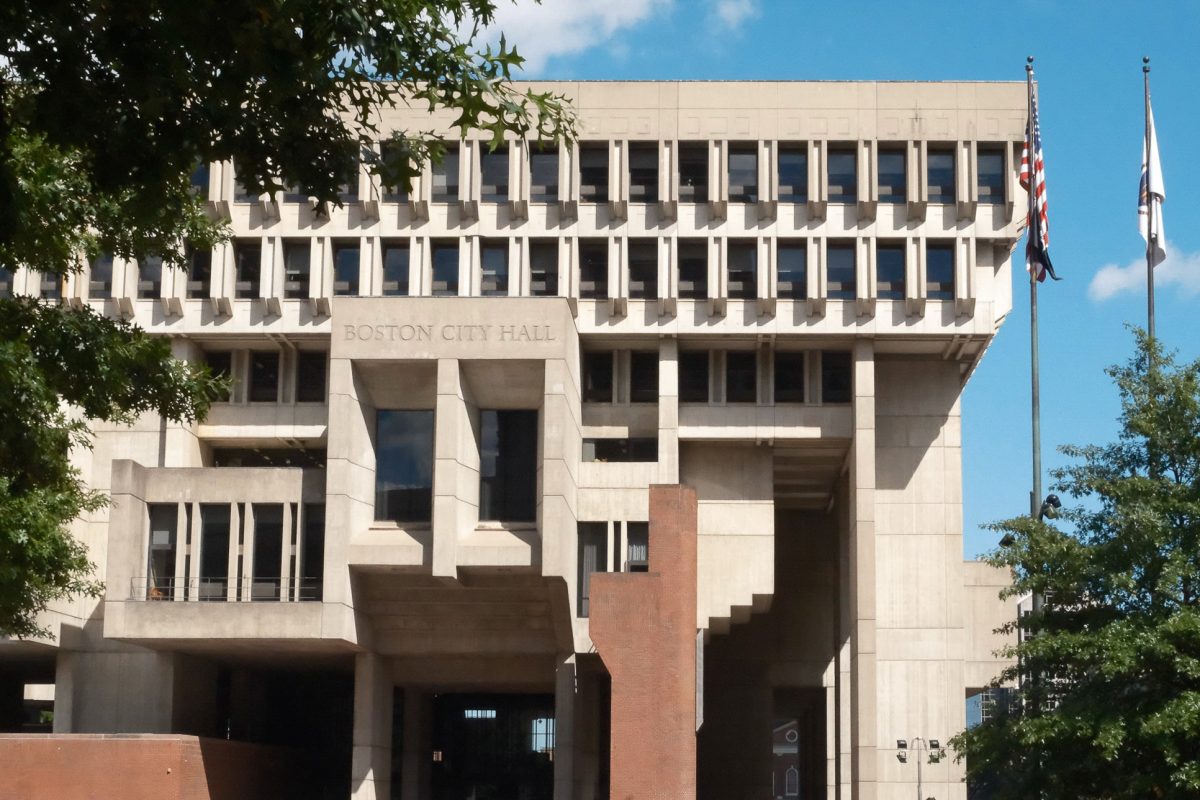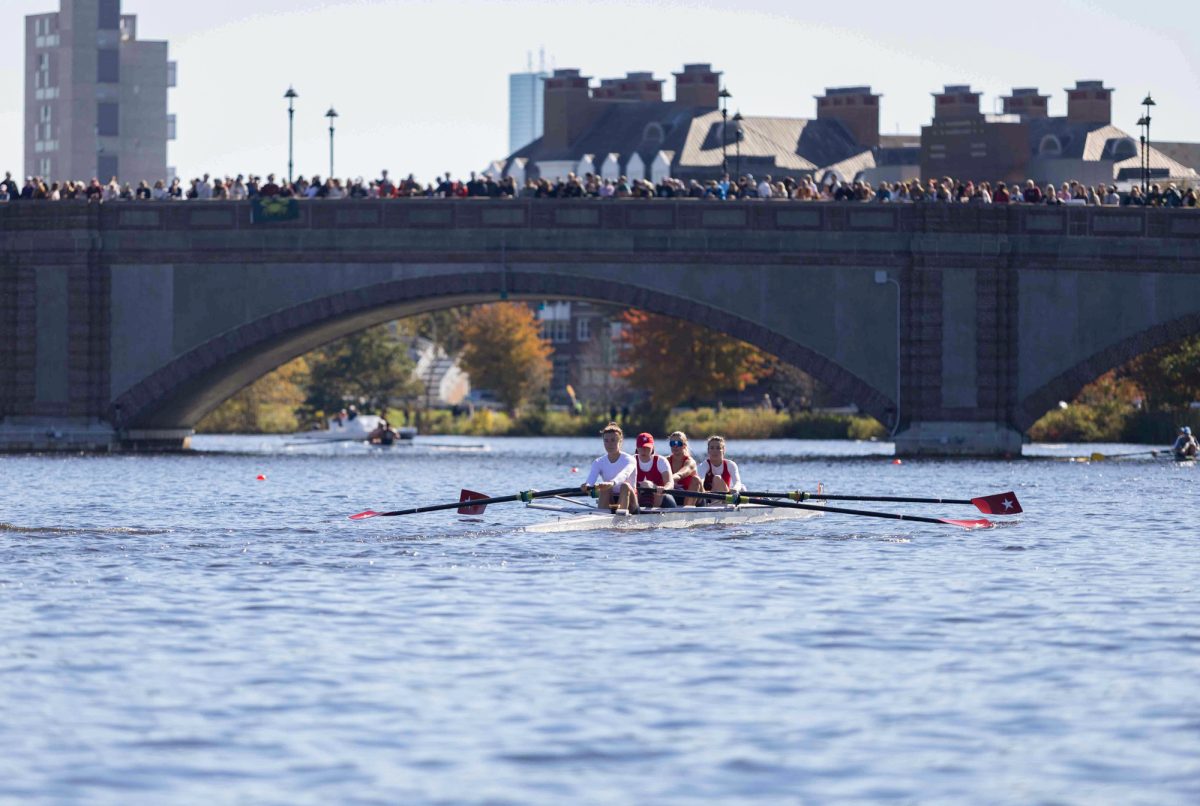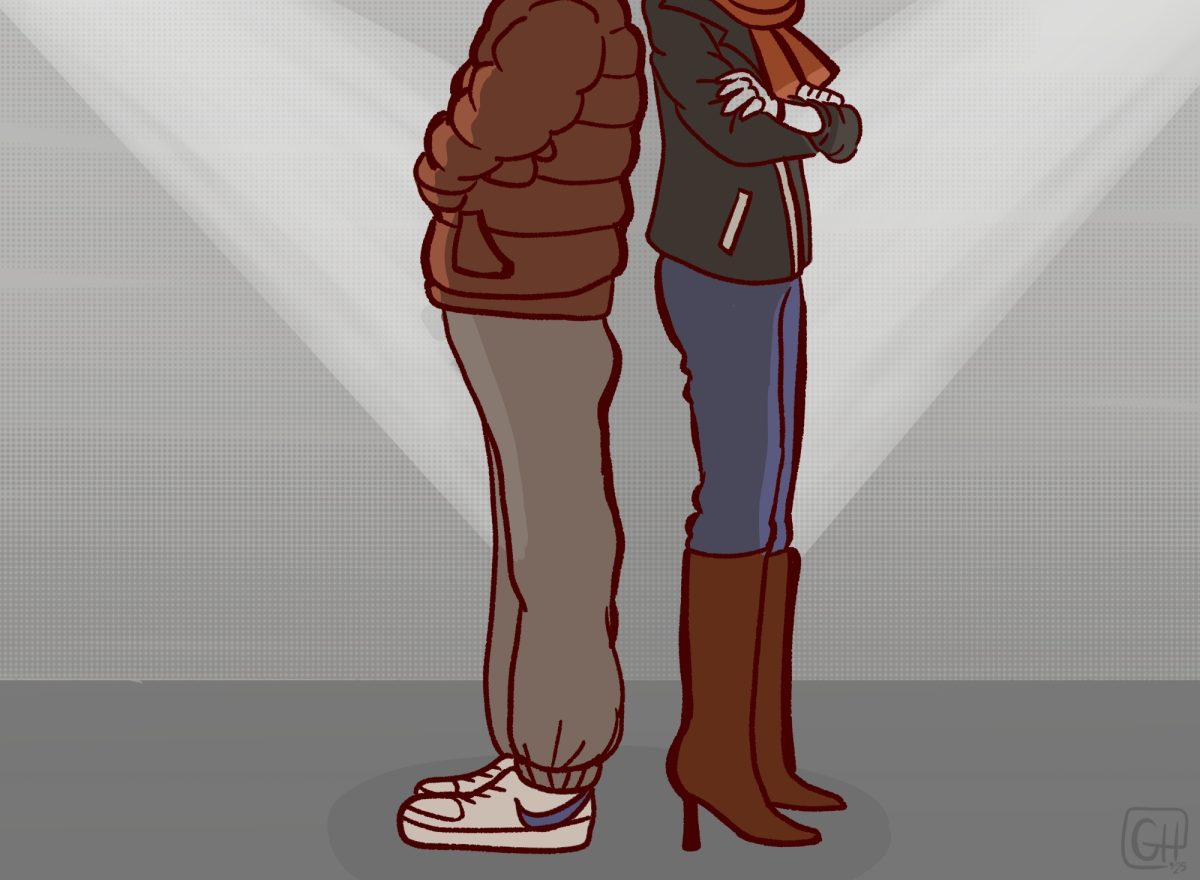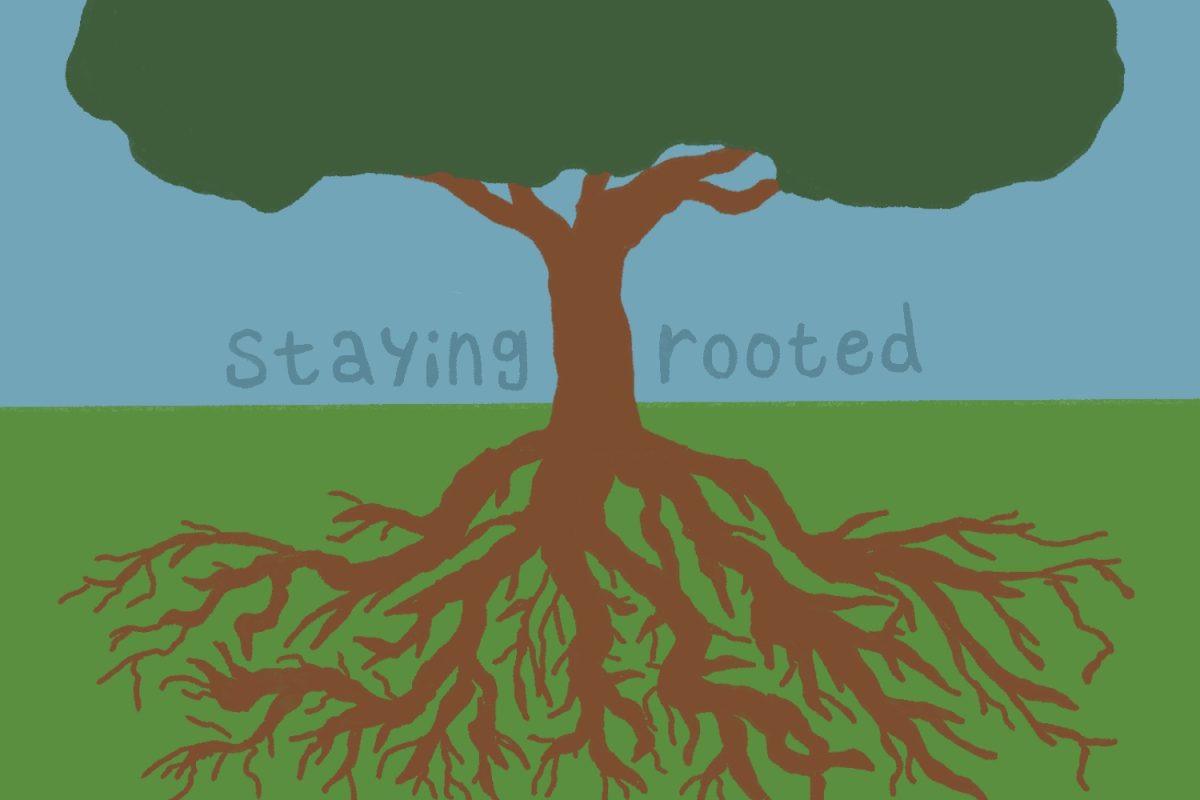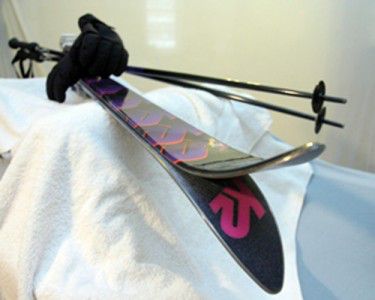
Boston skiers and snowboarders may be out of luck this season.
This winter, fewer than three inches of snow have blanketed Boston, according to the National Weather Service – one of which fell in October. The dusting Tuesday evening may have roused the spirits of some winter-sport enthusiasts, but the chances of snow falling in the next two weeks are less than 40 percent, according to the National Weather Service online data.
The amount of snowfall is unusually low, compared to last year where the Boston area received about 38 inches in January alone, and a total of about 80 inches the entire winter season, according to the NWS.
In a normal snowy month, the Boston “Public Works strategically dispatches City and contract equipment across 200 plowing routes as needed [per day],” using around 500 pieces of equipment, according to the City of Boston website.
This year, however, there has not been that much snow, slush and ice to remove. Good, perhaps, for Boston University students walking to class, but for some Boston residents, any sign of snow is a good sign.
“The other day [Tuesday, when it did snow] I couldn’t speak because I was so excited,” said Shreedhar Patel, a snowboarder and College of Engineering sophomore.
Man-made snow, he said, doesn’t quite make the cut.
“I’m very disappointed in the lack of snow,” he said. “When it’s not snowing it’s just ice. When you fall it hurts much more. Towards the end [the bottom of the slope], there are a lot of built up rocks and ice and stuff.”
He, along with around 250 other BU students, plans to participate in SnowJam, a trip that buses college students to a resort in Quebec City for the largest weekend ski trip at BU, according to the event’s website.
In Canada, he said, finding snow shouldn’t be a problem.
For many mountains in Massachusetts, snow – or a lack thereof – isn’t technically a problem either. Wachusett Mountain, in Princeton, blows snow onto its slopes whenever nature doesn’t meet the demands of area skiers, said spokeswoman Kaitlyn Gearin.
“It looks just like regular snow,” she said of the drifts that many resorts produce. “It’s not really different, it’s just not as fluffy. It’s more granular.”
Generating fake snow does bring in some customers, she said, but operating the gigantic snow blowers can be costly. The electricity alone can reach staggering amounts, she said, adding, “it’s definitely more expensive than regular snow.”
Despite the artificial snow, Gearin said, the mountain does not enjoy the same sort of business that it generally does at this time of the year.
“It’s not as busy during the day,” she said, but added that certain people, especially students looking for deals, still flock to the mountain despite the not so-wintry weather.

